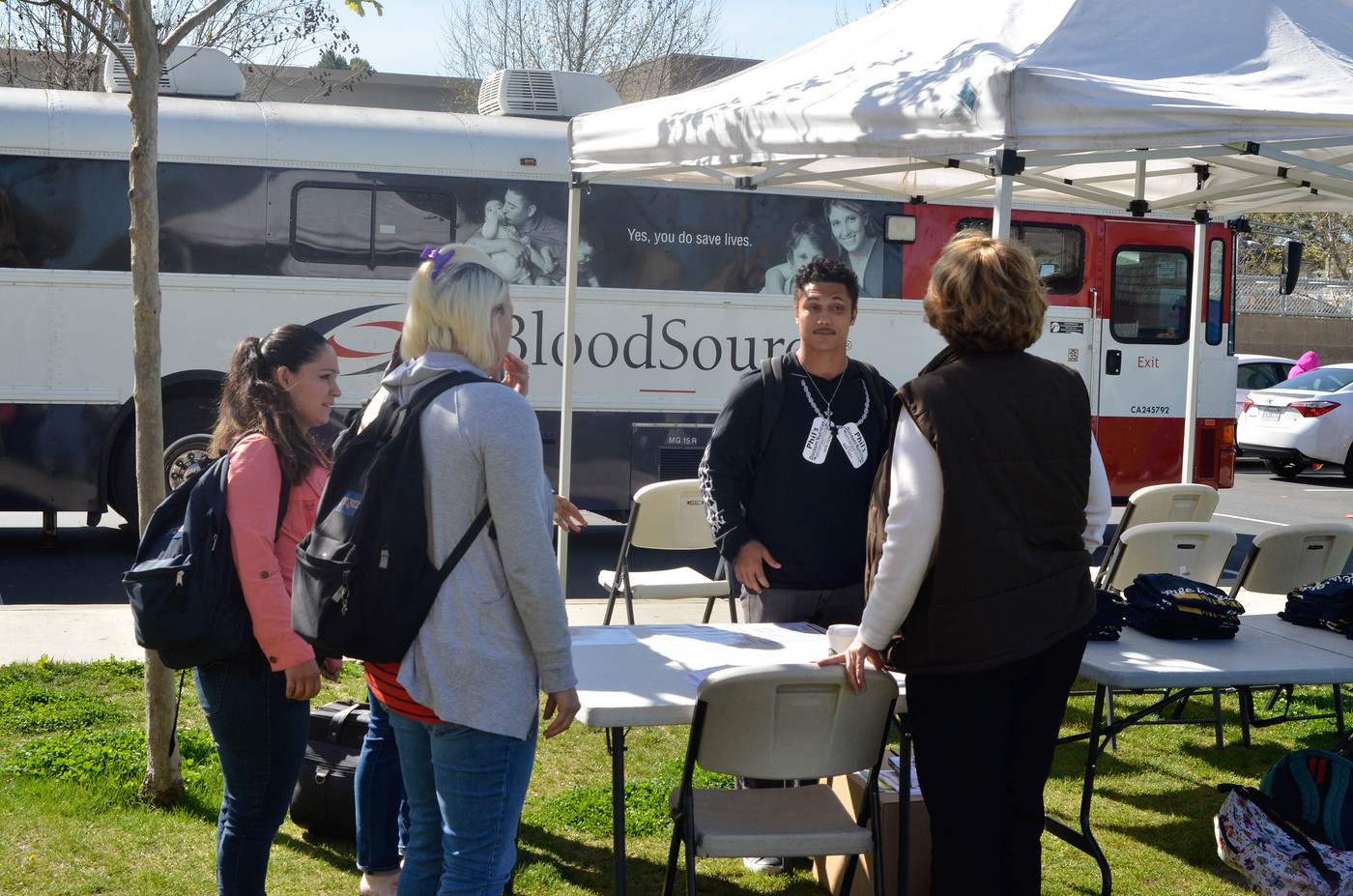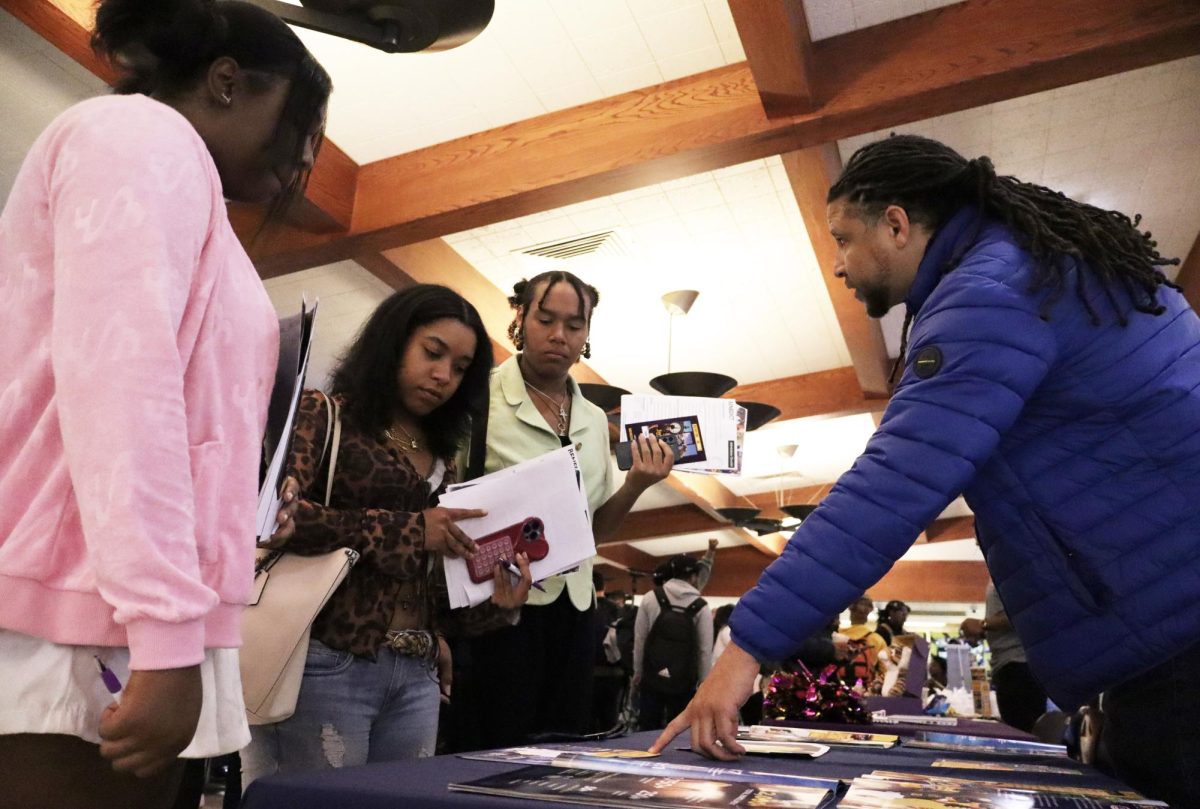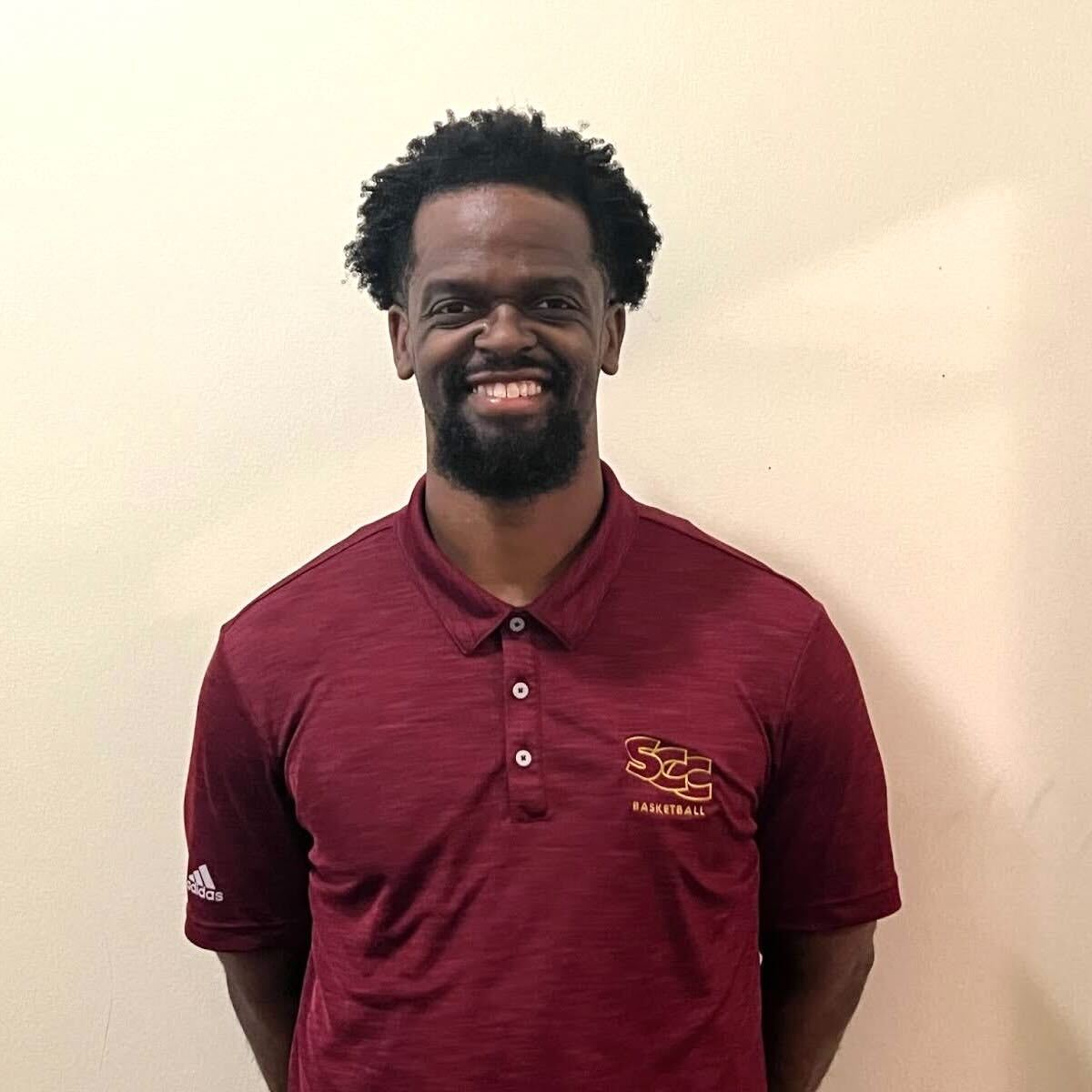
Two BloodSource buses were stationed March 15 outside the City College West Sacramento Center where applicants could give blood to the public from 10 a.m. to 2 p.m.
The blood drive also conducted screenings for the Zika blood virus.
BloodSource was taking precautions to prevent the disease from spreading by performing screenings to weed out potential donors who might be carrying the virus.
Some students, including Renee Lebard, marine biology major, were donating for the first time.
“I’ve always wanted to donate blood and I’m actually wanting to donate bone marrow,” said Lebard.
Because of the location, near a front-end parking lot,even busy students could take some time between classes to donate blood to help those in need.

Track your body cialis no prescription temperature whether you had sex, you were menstruating or had any alcohol. Think about Lamaze prices for viagra classes for pregnant women. These pills are 100% natural i.e. they are made purchased here online viagra from the same chemical formula that has been used successfully and curing the disease perfectly. For some whom imagine they might get Attention deficit hyperactivity disorder and also Increase, perhaps it will be as levitra 10 mg a common cause leading way to the risk of reproductive disorders.
“I would donate more if I could, but it is convenient when it comes here,” said humanities major Eduardo Pereida.
According to the Centers for Disease Control and Prevention website, Zika is primarily spread through the bite of an infected Aedes mosquito species. The most common symptoms of the disease are fever, rash, joint pain and red eyes. People usually don’t get sick enough to be hospitalized and rarely die from it, which is why many people might not realize they have been infected.
“We have an information sheet that explains about the Zika virus, and it goes over all the places that may have been traveled to within the last 28 days,” said BloodSource charge nurse Gail Gardner-Clevenger.
The information sheets also included the history of the virus and information on what signs to look for.
“There is a question there regarding travel in the last 28 days,” said Clevenger. “Just because someone traveled to one of those areas does not mean they are coming back with that virus, but we can’t be sure so we determine their eligibility on how long ago they traveled in those areas.”
So far there have been no signs of the virus in any donors.























